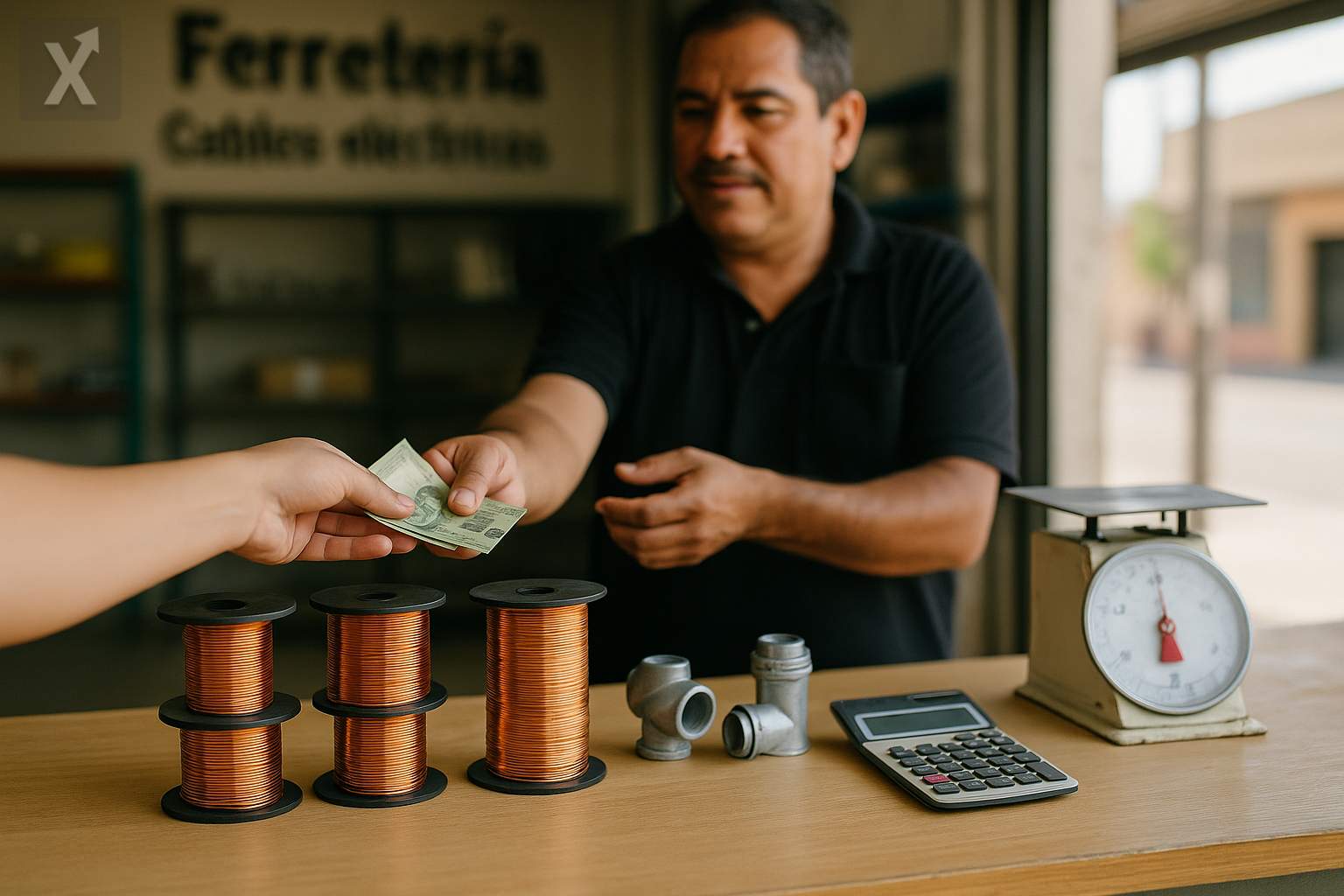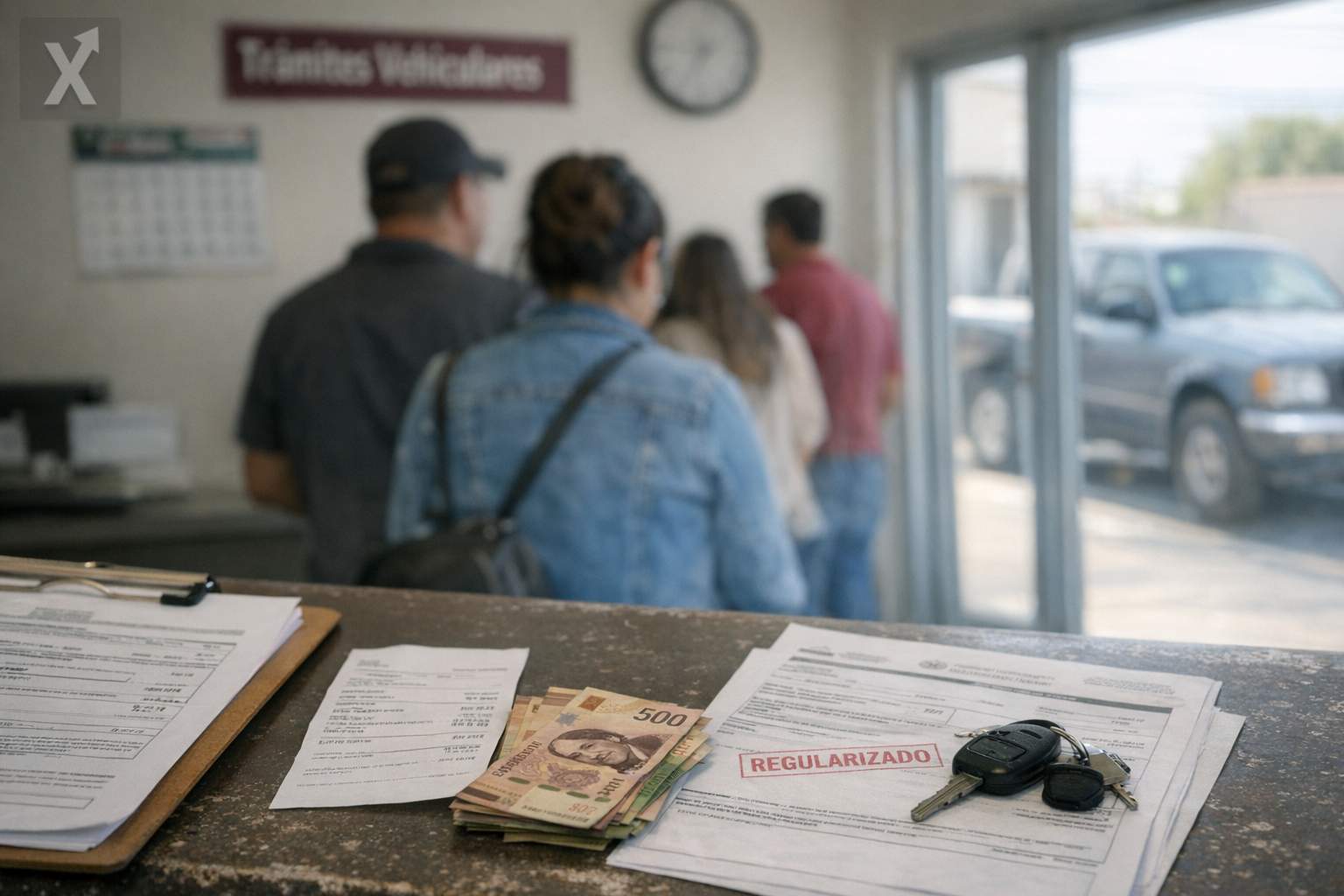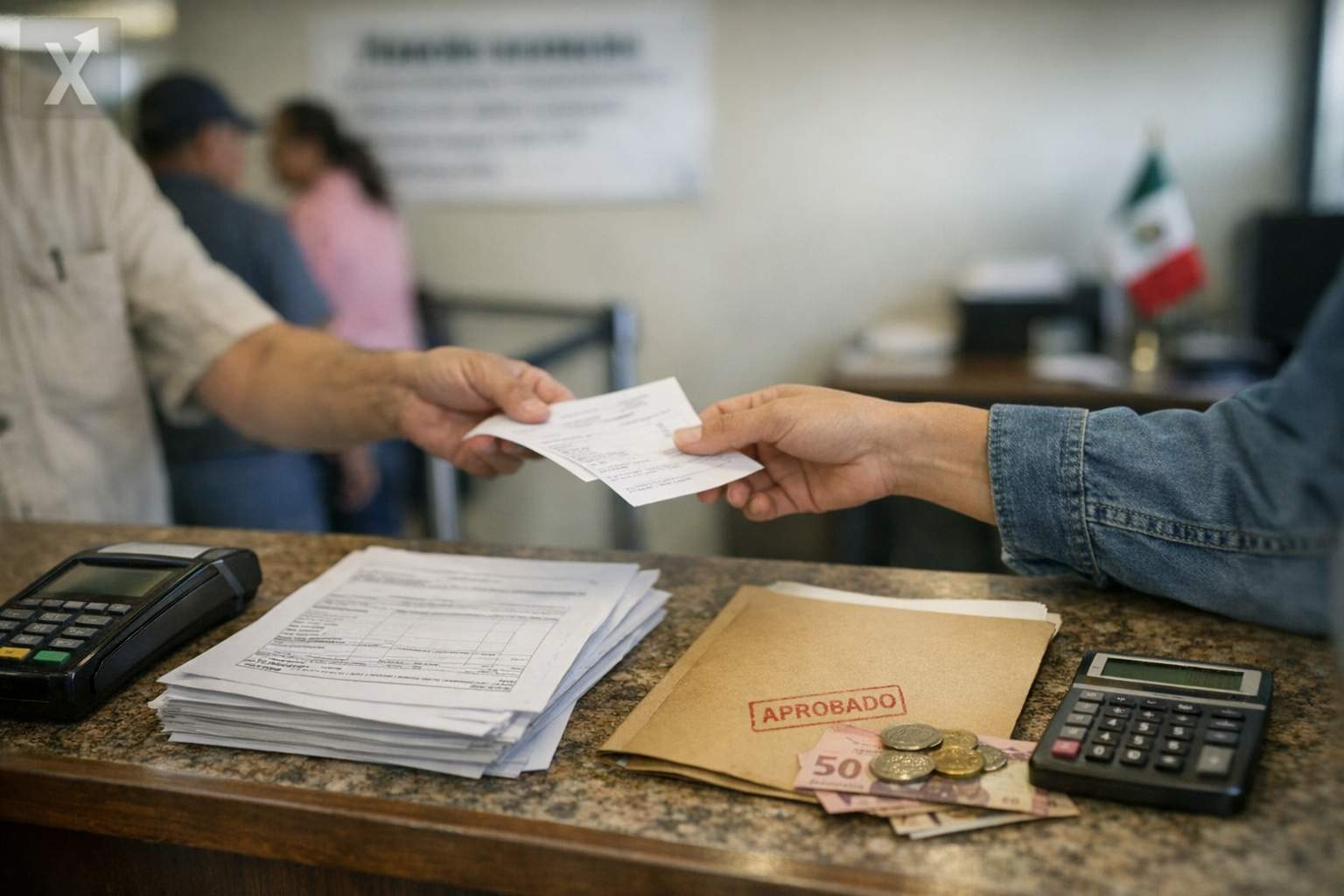Economy Focuses on Mining Mapping: Mexico Orders Public Exploration of Strategic Minerals in Four States

The Ministry of Economy has directed the Mexican Geological Survey (SGM) to carry out three exploration campaigns in the Las Granadas (State of Mexico), La Soledad (covering regions of Durango and Sinaloa), and Delia (Sonora) prospects. The goal is to confirm and assess the presence of gold, silver, copper, lead, zinc, molybdenum, and tungsten. This is a public effort to update the country’s geological inventory at a time when critical minerals have gained importance in the energy transition and the reconfiguration of supply chains.
The orders do not involve private concessions or extraction permits; the SGM will gather technical data—mapping, geochemical, and geophysical information—to inform industrial policy and land management decisions. This approach is in line with changes to the Mining Law and its secondary regulations, which strengthen the state’s role in the initial exploration stages, establish public bidding as the route for future concessions, and increase requirements related to water use, mine closures, community consultations, and socio-environmental impacts.
Mexico is a global leader in silver production and holds prominent positions in gold and copper, with Sonora serving as the country’s copper hub—home to some of the hemisphere’s largest deposits. Molybdenum is often obtained as a byproduct of copper, and although tungsten production is still in its early stages, it is crucial for tools and alloys. Global demand for copper has risen due to electric grids, electric vehicles, and data centers; gold and silver have been boosted by risk aversion and industrial use, while zinc and lead remain tied to construction and manufacturing cycles.
In the context of nearshoring and the USMCA, consolidating detailed geological mapping can support a strategy to integrate North American mineral and material supply chains, attracting investment in processing, smelting, and electrical and electronic manufacturing. The potential is significant but not without bottlenecks: the need for reliable and cleaner energy, improved rail and port infrastructure, water stress in the north, and regulatory certainty to shorten permitting timelines without relaxing environmental standards.
Mining projects are facing increased social scrutiny regarding water usage, tailings management, and biodiversity. Implementing prior consultations and region-specific management plans, alongside transparency in geological and environmental data, will be key to reducing information asymmetries and building local legitimacy. The SGM itself can contribute to these discussions with open data and comparable methodologies that make it easier to assess costs and benefits in each area.
From a fiscal and profitability perspective, changes to royalties and fees approved in recent years have made mining projects more sensitive to price cycles. The recent strength in metals like copper and gold could improve margins, but volatility suggests careful planning, hedging, and capital discipline are essential. Public policy will aim to balance revenue capture, competitiveness, and incentives for local value-added.
Looking ahead, if studies confirm geological potential, the government could put areas up for bid under the new framework, prioritizing domestic content, supplier networks, and best environmental practices. States like Sonora, Durango, and Sinaloa, which already have mining clusters and established suppliers, could benefit from increased employment, services, and technology, as long as infrastructure, energy, and water challenges are addressed in a timely manner.
In summary, the focus on public and orderly exploration aims to turn geological information into industrial policy. The ultimate result will depend on the quality of data generated by the SGM, regulatory certainty, and the ability to attract responsible investment during a favorable metals cycle—while keeping environmental limits and community expectations in sight.






